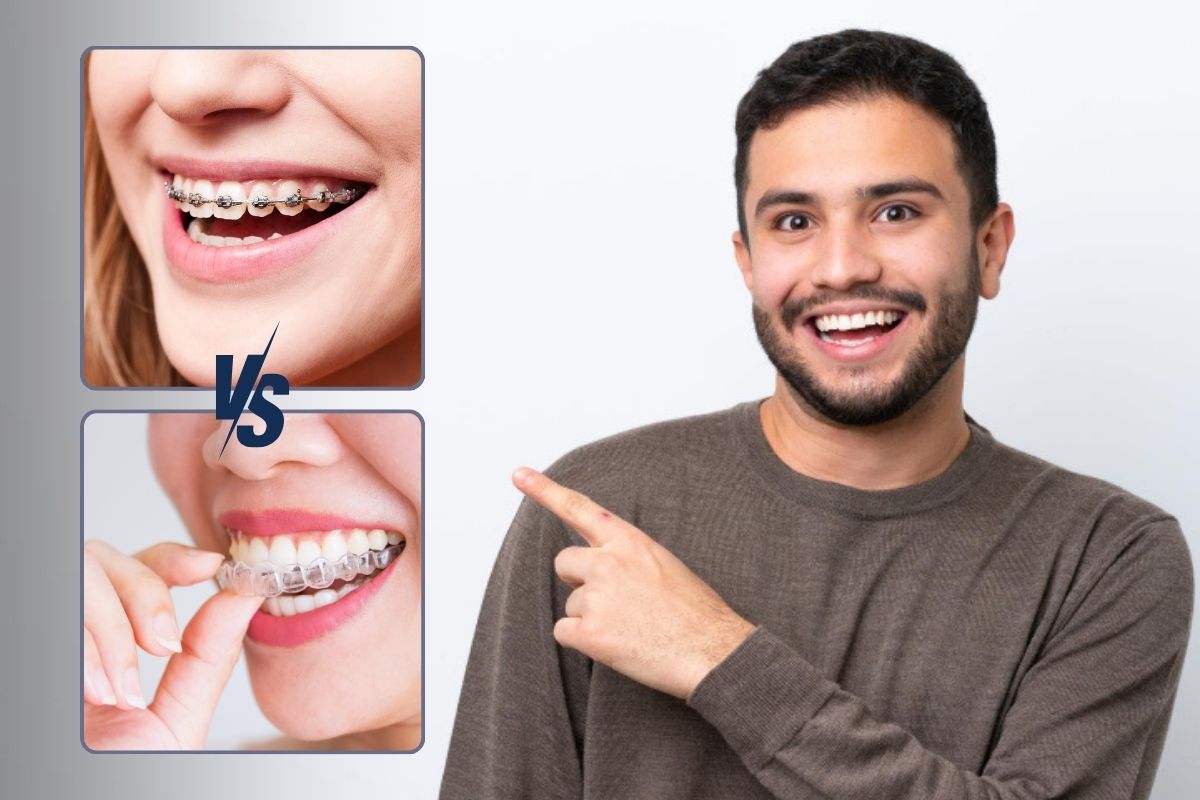Braces vs. Aligners: Choosing the Right Solution for Your Teeth

When it comes to straightening teeth, both braces and aligners are excellent choices, but the right solution depends on individual needs. Braces are a traditional, time-tested option that uses brackets and wires to gradually shift teeth into place. Aligners, on the other hand, are clear, removable trays that offer a more discreet and comfortable alternative.
What Are Braces and Aligners?
Braces are fixed orthodontic devices composed of brackets and wires that apply continuous pressure to realign teeth over time. They are suitable for addressing complex dental issues such as severe misalignment or bite problems. Clear aligners, like Invisalign, are custom-made, removable plastic trays designed to shift teeth incrementally. They are effective for mild to moderate alignment concerns and are nearly invisible.
Benefits of Braces vs. Aligners
Braces:
- Effective for complex orthodontic issues.
- Fixed appliance eliminates user compliance issues.
- Variety of options, including metal, ceramic, and lingual braces.
Aligners:
- Virtually invisible, offering a discreet appearance.
- Removable, allowing easy brushing, flossing, and eating.
- Comfortable due to their smooth plastic design.
Choosing the Right Solution
The decision between braces and aligners often depends on factors such as the severity of dental issues, lifestyle, and personal preferences. Braces may be more suitable for individuals with significant alignment needs, while aligners are ideal for those seeking a convenient and aesthetic solution.
Caring for Your Braces or Aligners
Maintaining oral hygiene is crucial during orthodontic treatment. For braces, regular brushing and flossing around brackets and wires are essential to prevent plaque buildup. Aligners should be cleaned daily with a soft toothbrush or aligner cleaner and stored in their case when not in use. Avoid consuming foods or beverages that could stain or damage the aligners.
Frequently Asked Questions (FAQs)
Both are effective, but braces are better for complex cases, while aligners are ideal for mild to moderate alignment issues.
Braces typically take 18–24 months, while aligners may take 12–18 months, depending on the complexity of the case.
Aligners are generally more expensive due to the technology involved, but costs can vary based on the treatment plan.

